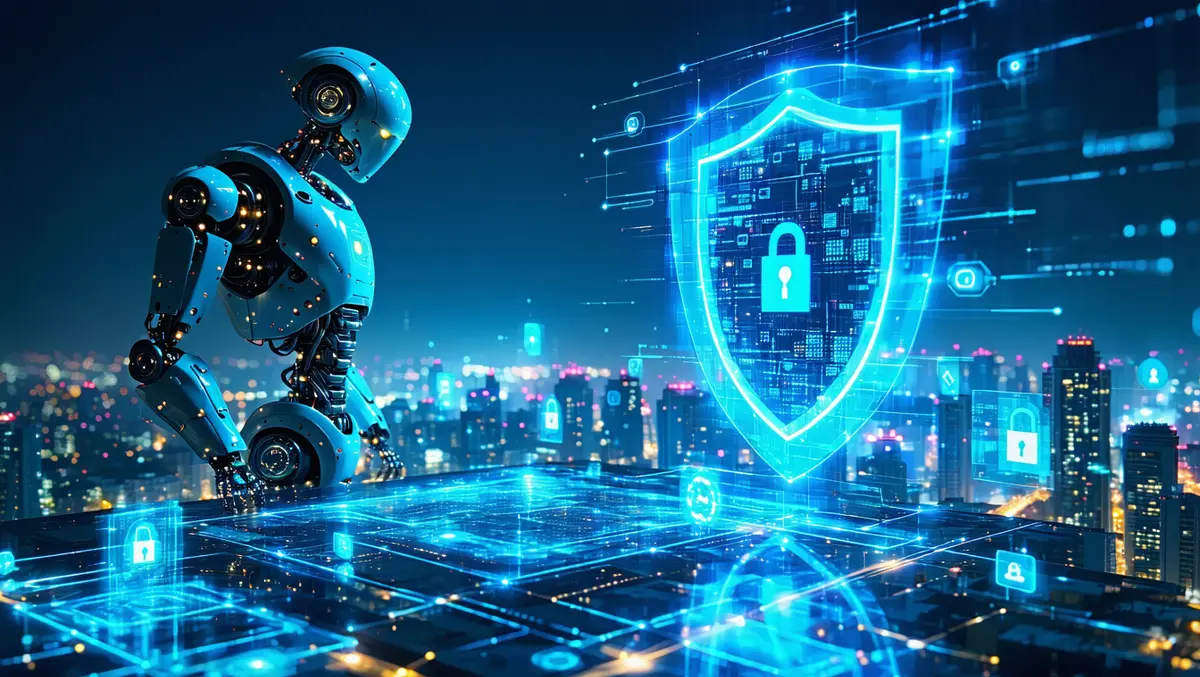
Palo Alto Networks predicts AI & cybersecurity merge by 2025
Palo Alto Networks has unveiled predictions for the convergence of cybersecurity and artificial intelligence (AI) by 2025, highlighting significant trends and potential challenges in this evolving landscape.
The company emphasized the integration of AI into cybersecurity operations, noting that as both attackers and defenders increasingly deploy AI, a "cyber arms race" is under way, where the agility and sophistication of AI systems will drive outcomes. A PwC survey cited in the announcement highlighted that over 40% of business and technology leaders are not fully aware of the cyber risks that technologies such as generative AI may bring.
"We stand at the intersection of human ingenuity and technological innovation, where the game of cybersecurity has evolved into a high-stakes match," said Nir Zuk, Founder and Chief Technology Officer at Palo Alto Networks. "With AI orchestrating cyberattacks like a skilled quarterback, organizations can no longer rely on a passive zone defense. They must embrace an offensive unified platform approach to stay ahead in the game. The real advantage will go to the organizations that can centralize their data, enabling AI outcomes we have yet to see, and make the decisions now that will enable their security and success for the future."
Among the key predictions is a shift towards a single unified data security platform by 2025. This would involve AI-powered data analysis across various domains including code development and cloud environments, with the aim of strengthening defences against increasingly sophisticated AI-driven threats.
The power of data is another focal point, with expectations that larger, established organizations will have a competitive edge over new startups due to their access to extensive data resources. This access allows for more effective AI model performance, prompting potential collaborations between large incumbents and newer firms to foster AI innovation.
Palo Alto Networks also foresees an evolution in Security Operations Centers (SOCs) where AI will play a more autonomous role in handling detection and response tasks. This transition is expected to allow human security analysts to focus on more complex strategic challenges, underscoring the necessity for transparency in AI governance.
The importance of adopting secure enterprise browsers was stressed, as consumer web browsers are reported to be a major source of security incidents. Palo Alto Networks suggests that organizations will increasingly implement secure browser solutions to mitigate this risk.
Energy efficiency in AI applications, including those used for security purposes, is gaining attention as data centres consume substantial power. The company predicts a push towards energy-efficient AI models and potentially quantum-based frameworks to address these concerns.
With respect to quantum computing, while quantum attacks remain theoretical in the near term, Palo Alto Networks advises organizations to prepare for future challenges by developing quantum-resistant security measures, particularly as nation-state actors may use advances in quantum technology as a leverage point.
The dynamics within organizations are also anticipated to evolve, with the Chief Information Officer (CIO) and Chief Marketing Officer (CMO) forming a critical partnership. This collaboration is expected to address issues around AI governance, regulatory compliance, and customer experience to ensure cybersecurity plays a central role in business operations.


